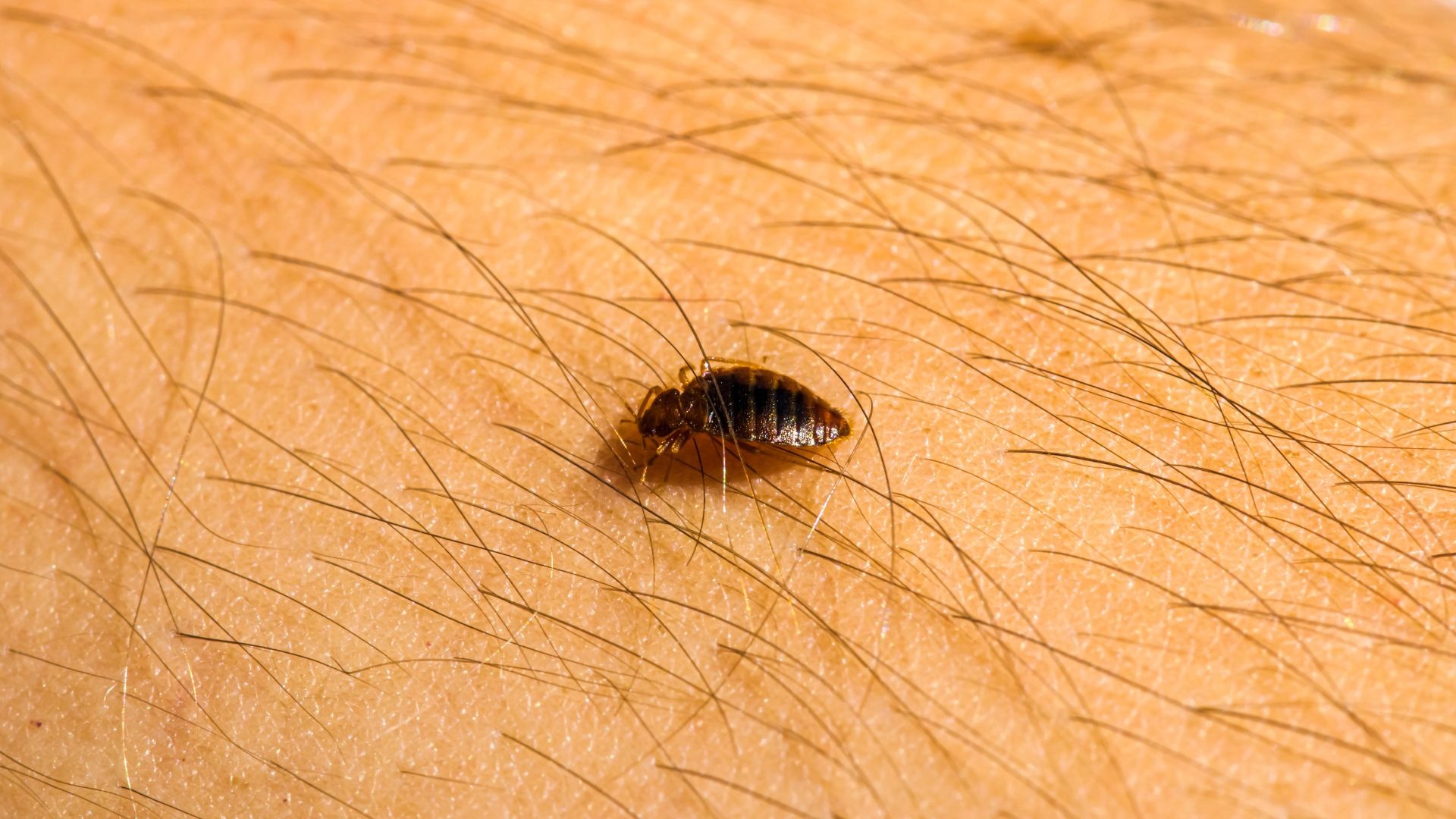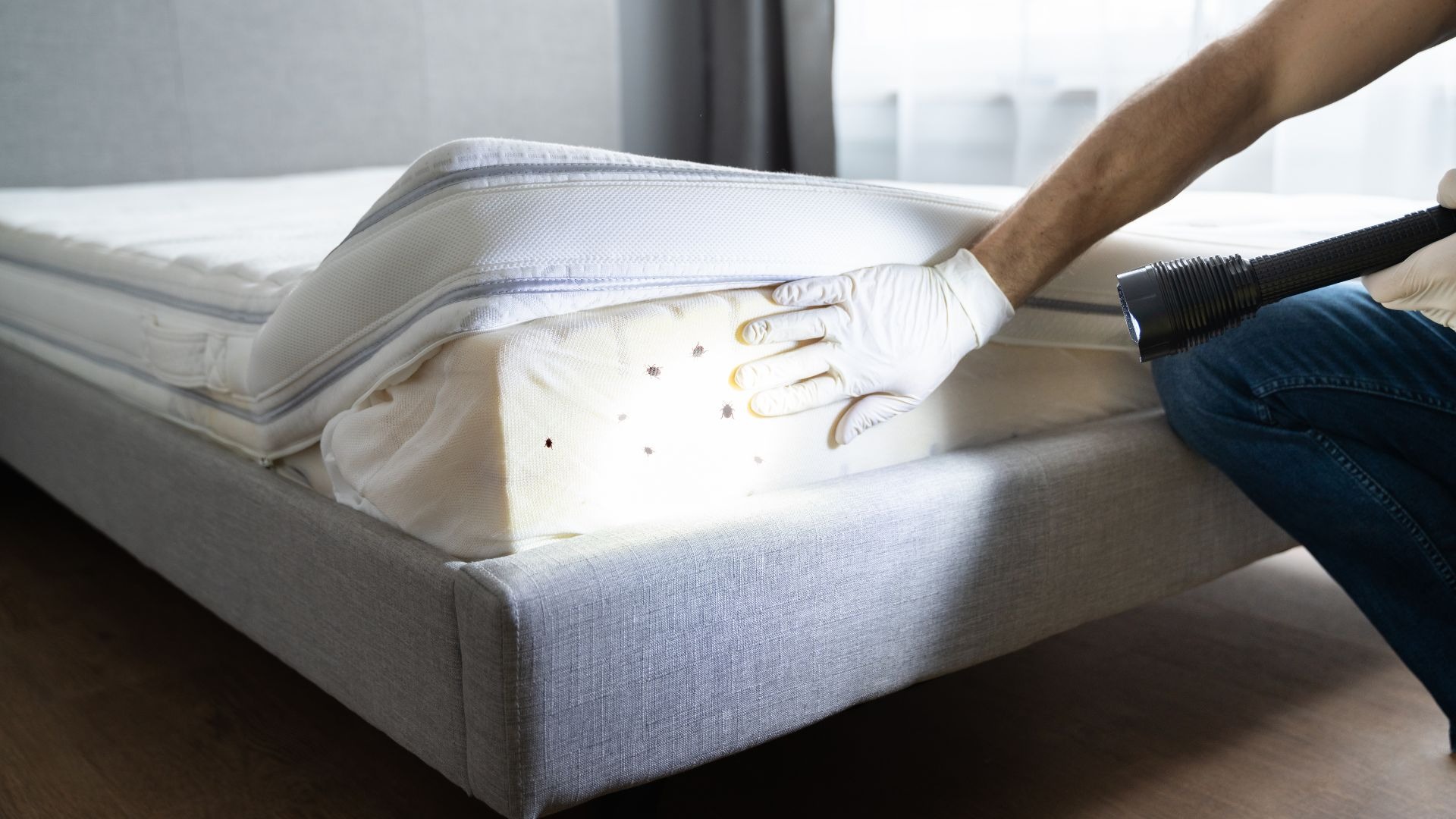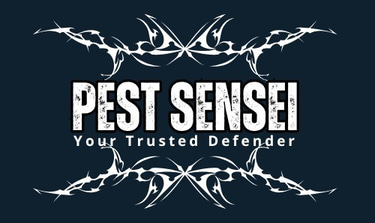
Get Rid of Bed Bugs Fast with Expert Treatment in JB & Nearby Areas
Waking up with itchy bites? Noticed tiny blood spots on your sheets? You might have bed bugs. These pests hide in mattresses, furniture, and cracks, feeding on human blood at night. If left untreated, bed bug infestations can quickly spread throughout your home.
At Pest Sensei, we specialize in effective bed bug extermination in Johor Bahru—serving surrounding areas like Gelang Patah, Iskandar Puteri, Kulai, and more. Our proven treatments eliminate infestations, so you can get back to a good night’s sleep.
Signs of a Bed Bug Infestation
Bed bugs are small and excellent at hiding, so detecting them early is crucial. Here’s what to look for:
🔎 Itchy, Red Bites – Small, clustered bites on exposed skin after waking up from your sleep.
🔎 Blood Stains on Sheets – Small reddish-brown stains from crushed bed bugs or bites.
🔎 Bed Bug Droppings – Tiny black spots (fecal matter) on mattresses, bed frames, and furniture.
🔎 Shed Skins & Eggs – Translucent shed skins or tiny white eggs in mattress seams and furniture crevices.
🔎 Musty Odor – A strong, sweet, musty smell in heavily infested areas.
Why DIY Bed Bug Treatments Fail
Bed bugs are notoriously difficult to eliminate without professional help. Many homeowners in JB tried DIY solutions, and most ended up calling professional pest control provider after DIY failed. Here’s why DIY treatments often fall short:
🚫 Ineffective Products – Many over-the-counter sprays kill only adult bed bugs on the spot, leaving those hidden bed bugs in cracks and crevices and eggs untouched.
🚫 Lack of Knowledge – Effective bed bugs require an understanding of their biology and life cycle. Homeowners who are busy with their works and day life often lack the technical knowledge that is crucial for an effective bed bug control program.
🚫 Fast Reproduction – Bed bugs lay up to 500 eggs per lifetime, causing infestations to multiply quickly if not treated thoroughly.
🚫 Pesticide Resistance – Some bed bug strains are resistant to common insecticides, requiring specialized expertise.
🔴 Don’t waste time, energy and money on DIY methods that don’t work! Get professional help today.
🚨 Spotted these signs? The infestation could worsen quickly!
📞 Contact us now for professional bed bug removal!
Pest Sensei's Bed Bug Solutions
At Pest Sensei, we understand the urgency and stress that comes with a bed bug infestation. These pests are elusive and persistent, making them difficult to eliminate without professional expertise. Our bed bug control solution is designed to give JB homeowners peace of mind through a safe, efficient, and thorough process that guarantees results.
Our bed bug solutions involved:
Comprehensive inspection - We assess infestation levels, identify hiding spots, and determine the severity of infestation.
Customizable Treatment Plan - We design our treatment program based on bed bug biology, as well as your needs.
Warranty - We are confident on our solution. To give you a peace of mind, we offer warranty to for retreatment if there is any reinfestation within the warranty period.
Why Choose Pest Sensei for Your Bed Bug Problem?
When it comes to pest control, you need a trusted partner who understands both the problem and the best solutions. Here's why Pest Sensei is the right choice for you:
Local Expertise - With 10+ years of experience, we specialize in bed bug control, protecting customers in Johor Bahru, Gelang Patah, Iskandar Puteri, Kulai, and nearby areas from bed bug bites.
Safe Solutions - Your family’s health and safety are our top priority. That’s why we use only approved pesticides for bed bug control.
Fast Result - We eliminate bed bugs in just 3 weeks times!
Affordable Pricing - We believe in transparent pricing. Our bed bug control services are affordable, and we’ll provide you with a quote before we start.
With Pest Sensei, you're not just getting bed bug treatment—you're getting a long-term solution that ensures your home stays safe, healthy, and pest-free. Let us help you take back control of your space today!
📞 Contact us immediately to schedule your free inspection!

